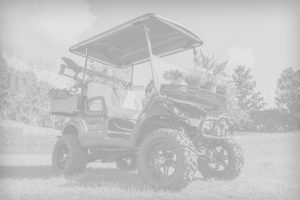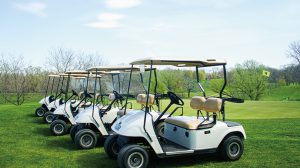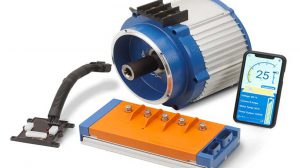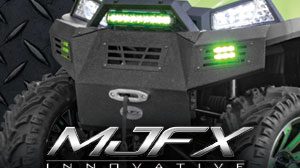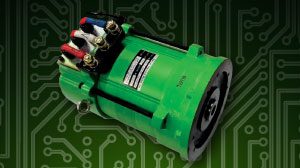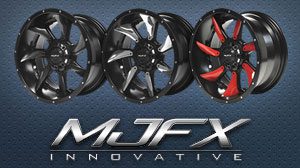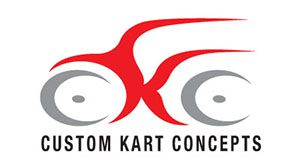Part Two: How to create speed cheaply (electric cars)?
Let’s talk about the shunt motor system. As you know the shunt system (SepEx, Regenerative Braking, IQ, PDS, DCS naming a few) is a totally different system than the series system we talked about last issue. They do not interchange! Unlike the series system, the motor and field is separate and function independently. For practical purposes of explaining the difference: the field circuit is reversed through the controller whereas a series system is reversed through a shifter or a set of single pole double throw contactors (solenoids).
With this said you must understand when selling a shunt motor system you have to know exactly what motor and controller system is utilized in the car! Unlike series systems you deal with one system only (series). Shunt systems have several versions of motor controller combinations. An example is a Club Car IQ system or a PDS system and the list goes on from there. Now, here is the beauty of the shunt system! You can to an extent change the speed parameters along with other control features with programming. However, you are limited to how far you can go with the programming. No matter how much you program the controller the motor is still rated at a given specification. So to gain a little extra speed or torque can be done, but for that big off-road experience you must change the entire system to a higher torque/speed motor, controller, contactor, and power cables. Other great features of the shunt motor system are speed sensing and dynamic braking. These are two really great safety features for off-roading and large hills. Along with an added feature called regenerative braking you can control the speed of the car going down steep hills by electrically slowing the car to a safe speed. A by-product of this is return of a slight amount of charge to the battery pack (regenerative braking). Speed sensing will prevent over-revving, if you will, of the motor similar to what a governor or rpm limiter does on a gas engine. A motor going down a very steep hill without control can self destruct and it is a very ugly sight! Hunter’s love the dynamic braking feature for going down hills to prevent manual braking that puts the car into uncontrolled sliding.
The downside to all of this is cost and limitations. One cost is having a programmer to tweak the controller with. The overall cost compared to a series system is a tad more due to all the features. Shunt systems for the average technician are much more difficult to troubleshoot. The biggest limitation I have run into for shunt systems is very high heat issues with the larger speed motors and miss-application. You have to be very careful to fully understand (when selling) how a customer is going to use the car! Never put a speed motor system in a lifted car that is going off-roading or lives in an area with very steep hills. However, you can for moderate off-roading in less harsh environments use an in-between speed/torque motor system. I have talked to thousands of customers and the one area that keeps popping up is a heat issue. I am seeing speed motors on lifted cars with 6:1 speed gears and motors literally smoking. This need for speed has become way over done. We need to keep golf cars to a safe range of 20 to 25 mph and not go beyond that. Customers need to be educated in this area. Even at these speeds I see heat issues in very hot environments. I have seen some correction with adding thicker heat sinks and thermo grease on the controller mounting plate. I even have some customers removing the motor brush covers to let air into the motor for cooling. Several customers have gone as far and drilling air holes into the drive unit housing and mounting a blower to force air through the motor. Don’t laugh it works! See the problem with shunt motors you have very high current on the armature practically all the time. Current is heat! Unlike a series motor system the motor fields carry and equal current load and heat issues are not as high. Yes just like a series motor system motors are available to cheaply gain speed for a non-lifted stock golf car. Once you cross the stock boundaries you need to think about what you are doing in terms of a system. At that point cheap goes out the window as “you pay to play” sort of thing. Take it from me; educating our customer base is the most important factor when selling any type of motor system, “ask questions”!



